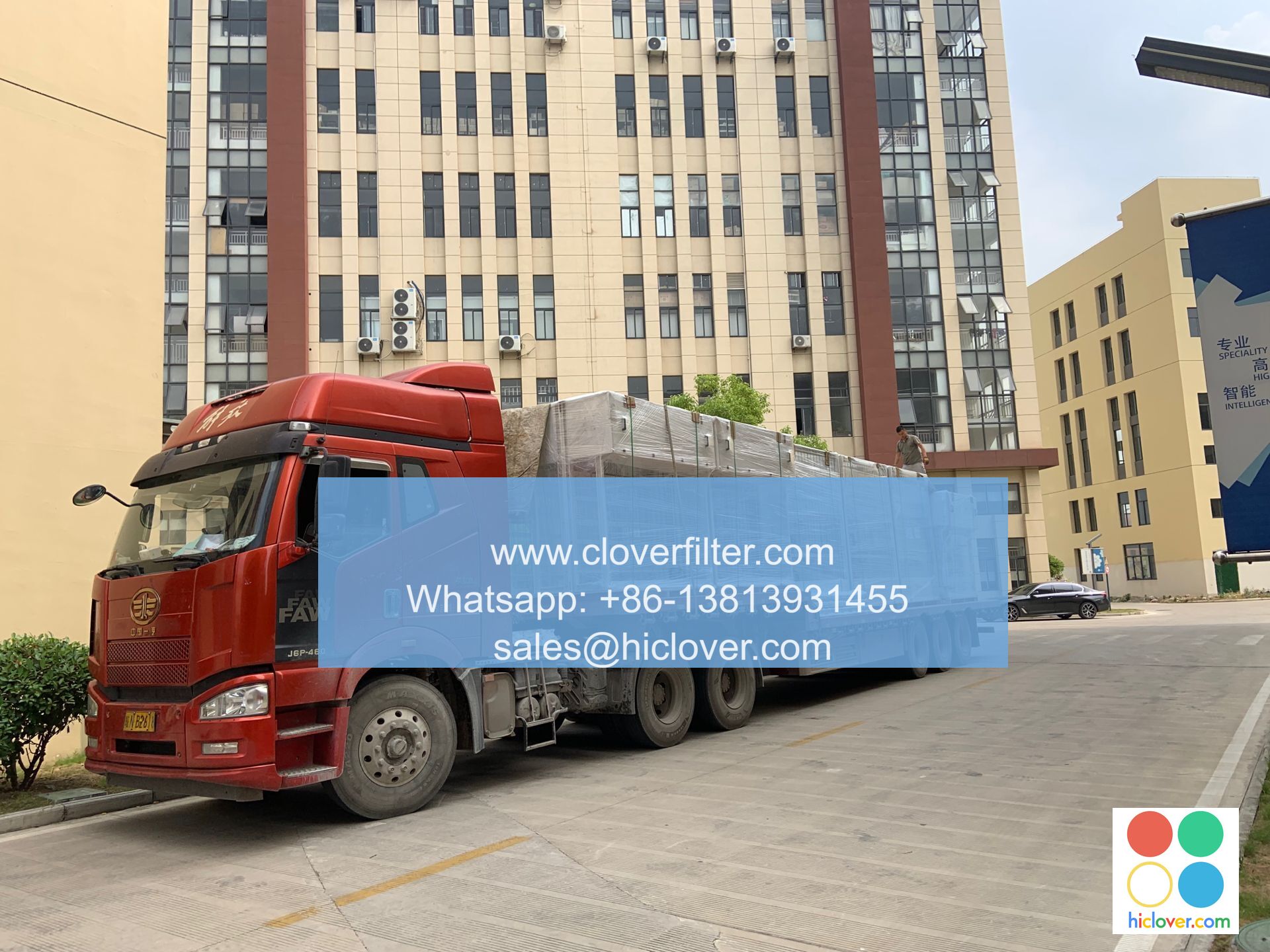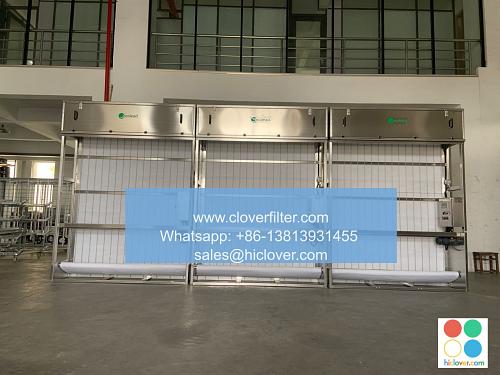Medical Air Filter System Compliance with Standards and Regulations in the USA, EU, and Asia

The medical air filter system is a critical component in healthcare facilities, playing a vital role in maintaining sterile environments and preventing the spread of airborne pathogens. Compliance with standards and regulations is essential to ensure the effective operation of these systems. In this article, we will delve into the compliance requirements for medical air filter systems in the USA, EU, and Asia, highlighting various application areas and key considerations.
USA Regulations and Standards
In the United States, medical air filter systems must comply with the standards set by the American Society for Heating, Refrigerating, and Air-Conditioning Engineers (ASHRAE), the American National Standards Institute (ANSI), and the National Institute for Occupational Safety and Health (NIOSH). The HEPA filter standard, which requires a minimum efficiency of 99.97% for particles as small as 0.3 microns, is a critical component of medical air filter systems. Additionally, the Centers for Disease Control and Prevention (CDC) and the Occupational Safety and Health Administration (OSHA) provide guidelines for the use of medical air filter systems in healthcare settings.
EU Regulations and Standards
In the European Union, medical air filter systems must comply with the standards set by the European Committee for Standardization (CEN) and the European Union’s Medical Device Regulation (MDR). The ISO 14644 standard for cleanrooms and associated controlled environments is also applicable to medical air filter systems. Furthermore, the European Centre for Disease Prevention and Control (ECDC) provides guidelines for the use of medical air filter systems in healthcare settings.
Asia Regulations and Standards
In Asia, medical air filter systems must comply with the standards set by the respective countries’ regulatory bodies. For example, in China, the China National Standards (GB) and the China Food and Drug Administration (CFDA) regulate medical air filter systems. In Japan, the Japanese Industrial Standards (JIS) and the Ministry of Health, Labour and Welfare (MHLW) regulate medical air filter systems. The ASEAN Economic Community (AEC) also provides guidelines for the use of medical air filter systems in healthcare settings.
Application Areas and Key Considerations
Medical air filter systems have various application areas, including:
* Operating rooms: requiring high-efficiency filters to maintain sterile environments and prevent surgical site infections.
* Intensive care units (ICUs): requiring filters with high capture efficiency for airborne pathogens to protect vulnerable patients.
* Isolation rooms: requiring filters with high efficiency to prevent the spread of airborne pathogens and maintain a safe environment for patients and healthcare workers.
* Laboratories: requiring filters with high efficiency to maintain a sterile environment and prevent contamination.
When selecting a medical air filter system, key considerations include:
* Filter efficiency: ensuring the filter meets the required standards for particle removal.
* System design: ensuring the system is designed to meet the specific needs of the application area.
* Maintenance and testing: ensuring regular maintenance and testing are performed to ensure the system operates effectively.
Conclusion
Compliance with standards and regulations is crucial for medical air filter systems to ensure the effective operation and maintenance of sterile environments in healthcare facilities. By understanding the regulations and standards in the USA, EU, and Asia, healthcare facilities can select and implement medical air filter systems that meet the required standards, protecting patients and healthcare workers from airborne pathogens. HEPA filters, ULPA filters, and activated carbon filters are some of the key technologies used in medical air filter systems to achieve high efficiency and effectiveness. By highlighting various application areas and key considerations, healthcare facilities can make informed decisions when selecting and implementing medical air filter systems. It seems like you didn’t include a prompt. Could you please provide more details or specify what you would like to talk about or ask? I’m here to help with any questions or topics you’re interested in.

